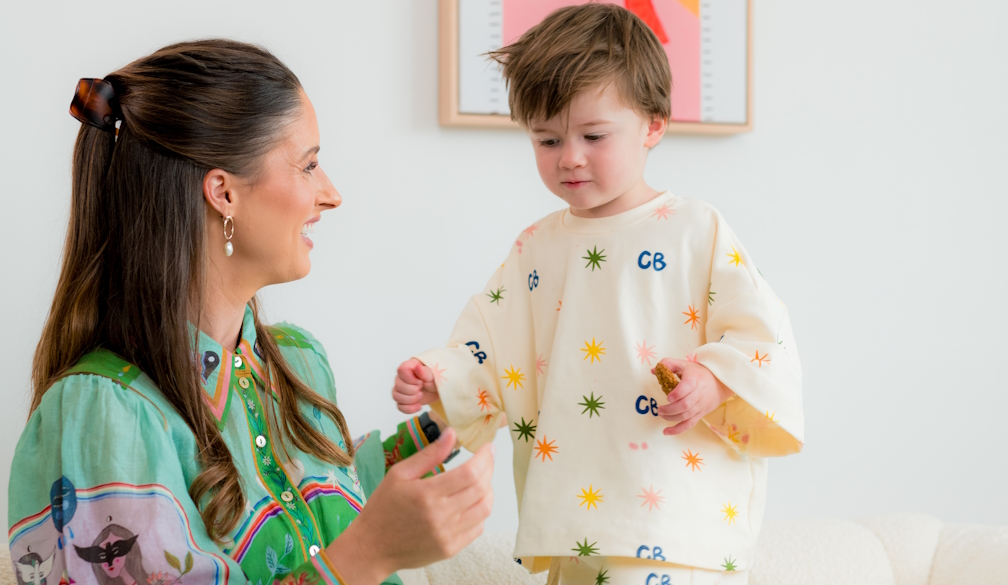Productivity Commission charts the costly path to universal early childhood education
- Written by Michelle Grattan, Professorial Fellow, University of Canberra

Big increases in government spending on child care have been recommended by the Productivity Commission, that would see families earning up to A$80,000 receive a 100% subsidy rate under the Child Care Subsidy (CCS).
This would cover about 30% of families with children aged up to 12 years.
The Higher Child Care Subsidy (HCCS) rate should rise to 100% for families with multiple children aged five and under in early childhood education and incomes up to $140,000, the commission recommends.
It says a taper rate should apply to the subsidies, reducing the rate of subsidy by one percentage point for every $5,000 increase in income.
It also recommends the activity test should be scrapped, declaring young children’s education “should not depend on their parents’ activity”.
The commission released its final report, titled A path to universal early childhood education and care[1], on Wednesday. The government will respond later. Labor is expected to make further improvements to the system part of its pitch for a second term.
Almost all families using the system “are expected to benefit” from its recommended changes, the commission says.
“Half of families would be eligible for CCS of 90% or more; nearly 80% would be eligible for CCS rates of over 75%.
"Attendance at ECEC [early childhood education and care] is expected to rise by 10%, with most of the increase coming from children from low and middle income families.”
The reforms would increase CCS costs by 37%, to about $17.4 billion annually.
The commission says all families with children aged up to five should be able to have access to at least 30 hours or three days a week of early childhood education for 48 weeks annually.
At present nearly half of one-year-olds attend some form of care, and about 90% of four-year-olds are enrolled in early education. About one in seven children aged five to 12 attend out-of-school-hours care.
The commission says the expansion of early education has boosted workforce participation. In 2023 three in four mothers with children aged up to four were in paid jobs.
But in parts of the country services are scarce, the commission says, and for some families, care may not be affordable or inclusive.
“Children experiencing disadvantage and vulnerability, while most likely to benefit from ECEC, are less likely to attend,” the commission says.
It urges reform be sequenced and a national agreement be concluded between federal, state and territory governments on their roles and responsibilities.
The commission says the path to universal access “will require long-term commitment and investment”.
Governments should work towards expanding access by 2030 for the disadvantaged, particularly in remote, regional and rural areas.
By 2036 all children should have access to at least 30 hours of weekly care.
The commission says as a result of its proposed reforms more children would be developmentally on track when they start school, and labour force participation by parents would be expected to increase.
Education Minister Jason Clare said the government’s already introduced changes had made early childhood education and care more affordable for more than one million families. It had also announced a 15% pay rise for workers and capped fees.
“The report makes clear that more needs to be done to make sure children from poor families , who would benefit the most from high quality early education, are not missing out,” he said.
Crossbencher Zoe Daniel welcomed the report but said, “the timeline isn’t nearly ambitious enough.
"As a critical first step towards a universal system, all children should have access to a minimum of three days of ECEC that is free or at a low set fee like $10 a day.
"This should be a legislated entitlement. Without it being legislated, the cost to parents will continue to skyrocket due to there being no limit on the out-of-pocket fees that providers can charge and too many children and families will continue to miss out on quality ECEC.
"Waiting until 2036 is too long.”
















